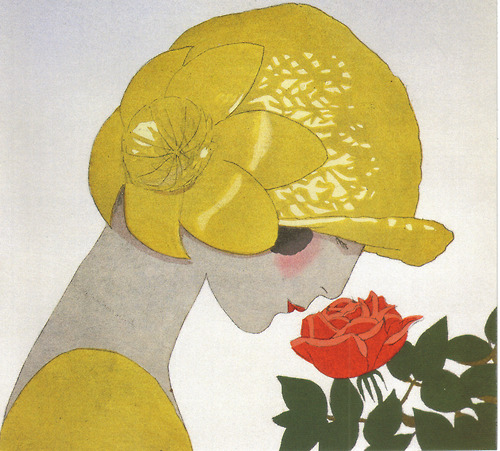“She would go elsewhere after a while, tilting her head a hundred ways under a hundred bonnets, seeking in vain for mock cherries to match her lips or plumes that were as graceful as her own supple body.
Noon would come—she would hurry along Fifth Avenue, a Nordic Ganymede, her fur coat swinging fashionable with her steps, her cheeks redder by a stroke of the wind’s brush...the doors of the Ritz would revolve, the crowd would divide, fifty masculine eyes would start, stare, as she gave back forgotten dreams to the husbands of many obese and comic women.”
—The Beautiful and Damned
My work on F. Scott Fitzgerald ranges from scholarship published in academic journals to consulting work on movies. My expertise on 1920s fashion provides a wonderful vantage point from which to interpret Fitzgerald’s life and fiction.
To most readers, F. Scott Fitzgerald is simply the man behind The Great Gatsby, whose legendary characters Nick, Daisy and Jay will forever be staples of ninth-grade English courses. Those more familiar with his work are able to appreciate its value as a source of cultural history and cull from his writing the undercurrents of American society that bubble and break in his vivid narratives.
The voice of The Jazz Age, Fitzgerald lived, worked and socialized in artistic circles that would come to define the tastes and morals of the American public between the wars. Fitzgerald’s tumultuous personal and professional life served as the inspiration for much of his writing; his work is riddled with references to actual events, personalities and popular culture. His take is distinctly American. “We were the most powerful nation. Who could tell us any longer what was fashionable and what was fun?”
